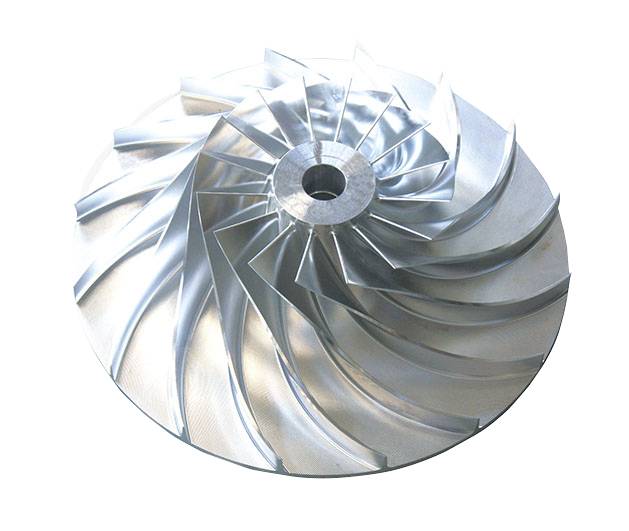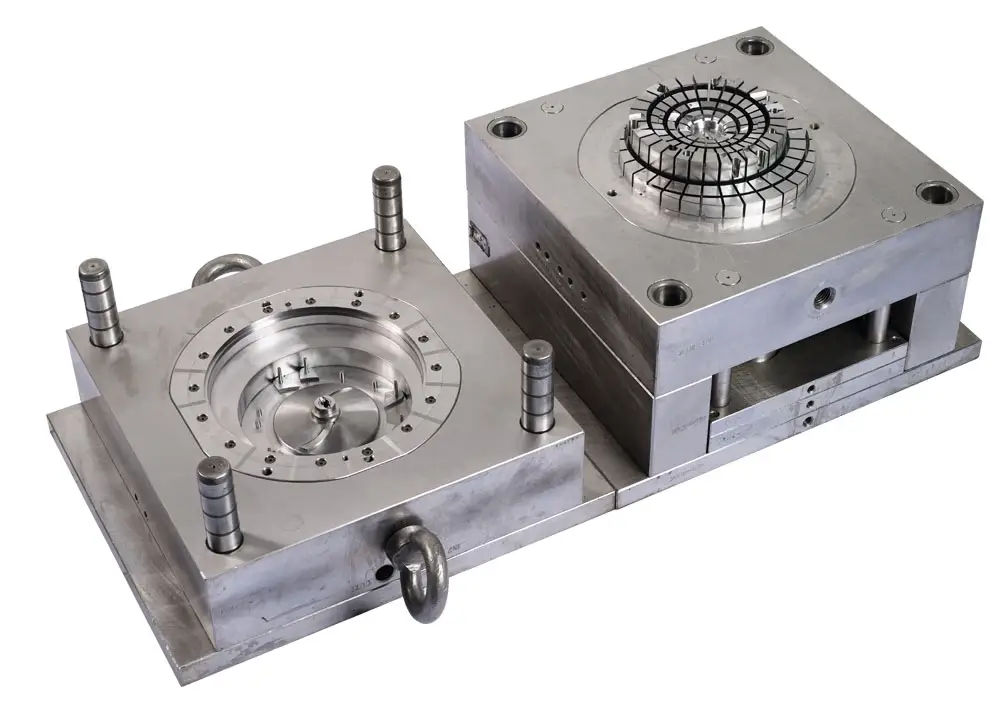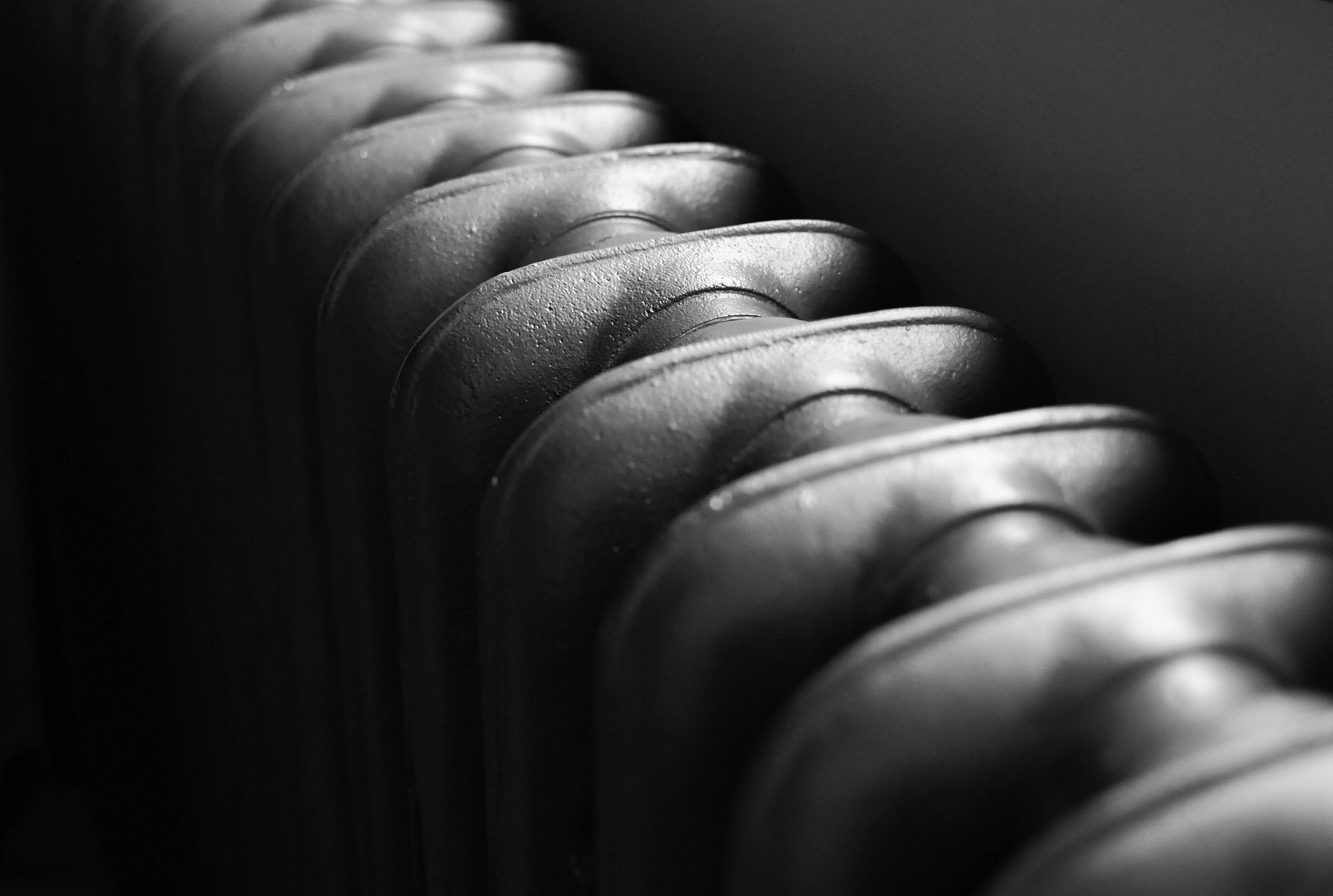Composition
6061: Primarily composed of aluminum, magnesium, and silicon. It also contains small amounts of other elements.
7075: Primarily composed of aluminum, zinc, and small amounts of copper, manganese, and other elements.
Strength
6061: Has good strength and is known for its excellent weldability. It is commonly used for structural components and is suitable for various fabrication methods.
7075: Exhibits higher strength than 6061. It is often chosen for applications where high strength-to-weight ratio is crucial, such as in aerospace and high-performance applications.
Corrosion Resistance
6061: Offers good corrosion resistance. Its corrosion resistance can be enhanced with various surface treatments.
7075: Has good corrosion resistance, but it is not as corrosion-resistant as 6061. It is often used in applications where strength is a higher priority than corrosion resistance.
Machinability
6061: Generally has good machinability, allowing for the creation of complex shapes.
7075: Machinability is more challenging compared to 6061, especially in the harder tempers. Special considerations and tooling may be required for machining.
Weldability
6061: Known for its excellent weldability, making it suitable for a wide range of welding techniques.
7075: While it can be welded, it may require more care and specific techniques. It is less forgiving in terms of welding compared to 6061.
Applications
6061: Commonly used in a variety of applications, including structural components, frames, and general engineering purposes.
7075: Often used in aerospace applications, such as aircraft structures, where high strength and low weight are critical. It is also found in high-stress structural parts in other industries.
Application display of 6061



Application display of 7075



Post time: Nov-29-2023
